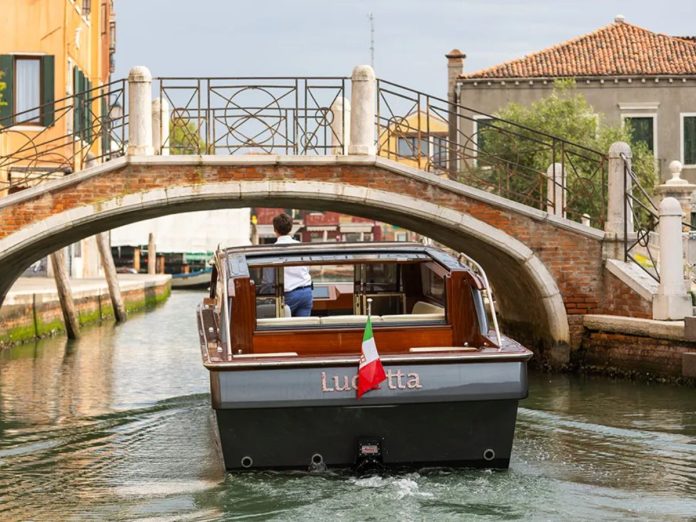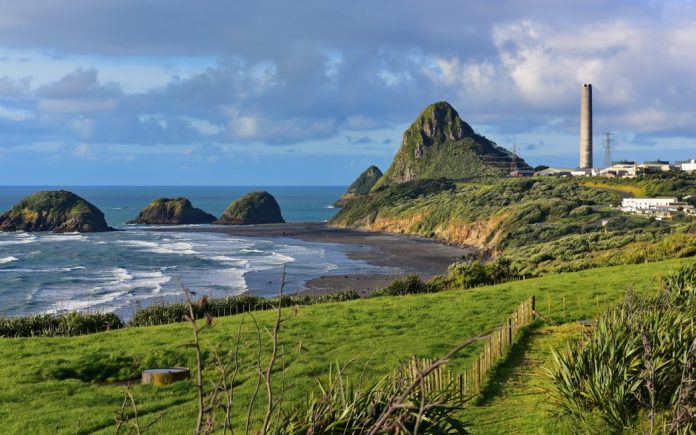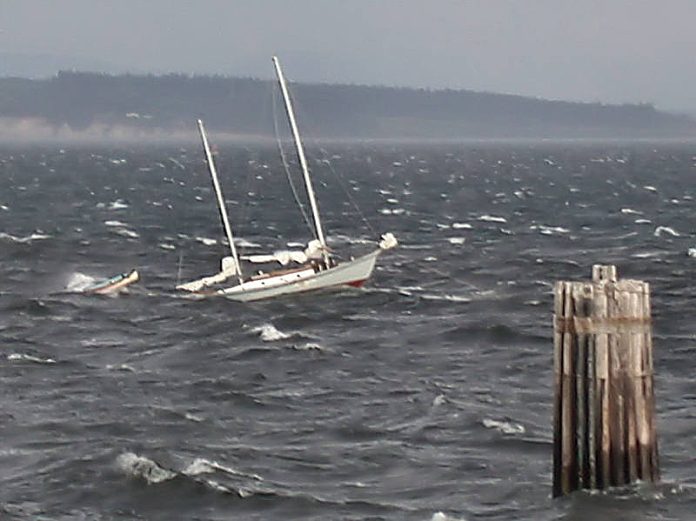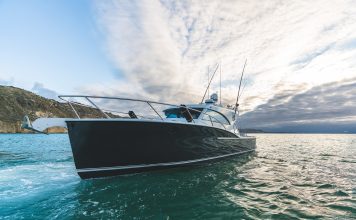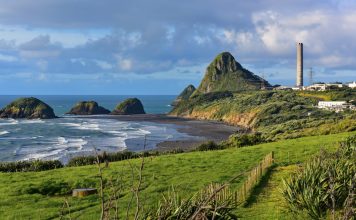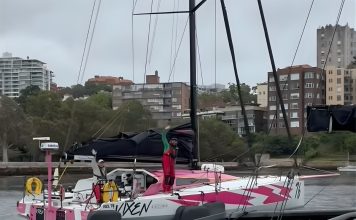In a city built on water, the hum of diesel engines has long been part of Venice’s daily soundtrack. But on a warm summer morning at the 2025 Venice Boat Show, something different glided past the Arsenale’s historic piers: a sleek, carbon-hulled vessel that moved with barely a ripple and no discernible sound. Her name? Lucietta — the city’s first fully electric Venetian water taxi.
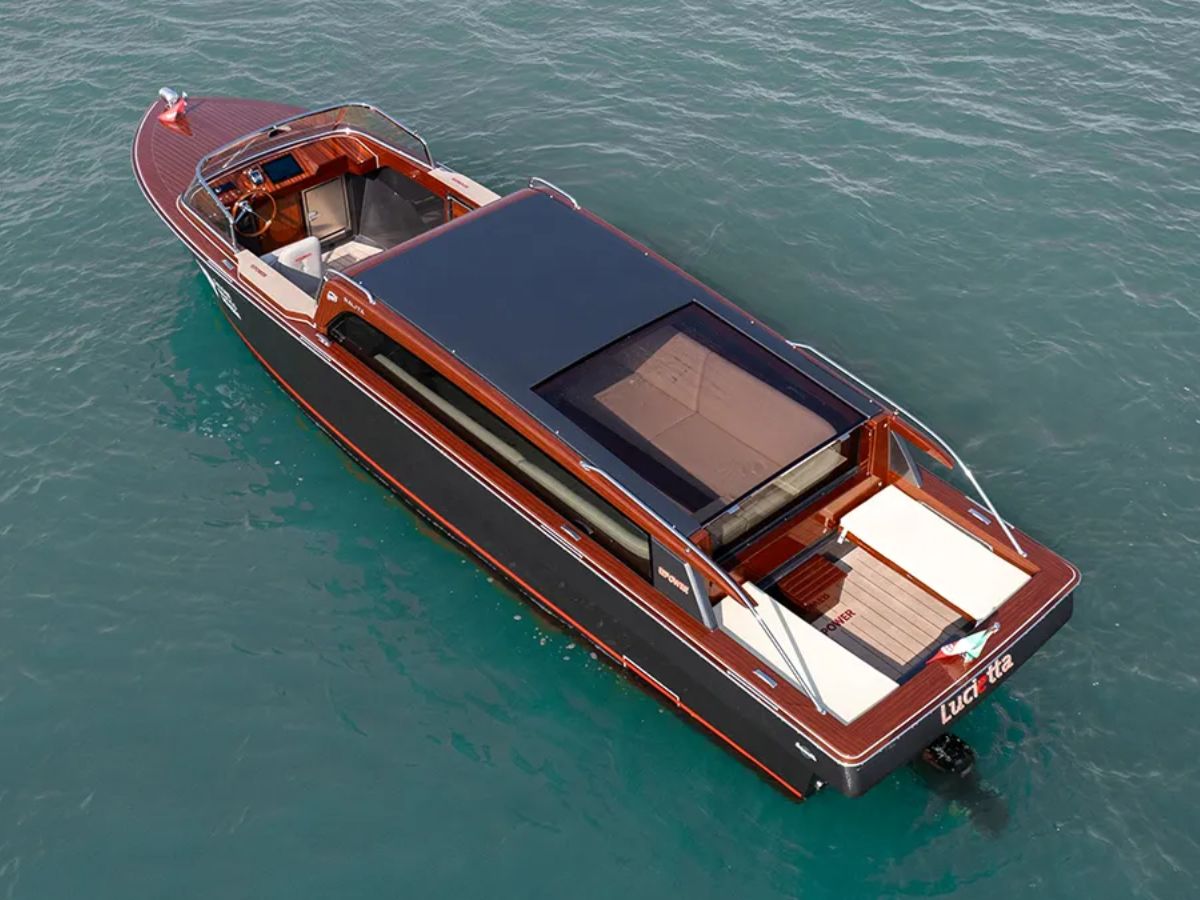
This 9.3-metre boat is a ground-up reinvention of the classic lagoon cab (or water taxi.) Designed by Milan’s Nauta Yachts, built by the artisanal shipyard Cantiere Serenella in Murano, and backed by Swiss energy company Repower, Lucietta is equal parts homage and innovation. And for Venice — a city grappling with overcrowded canals, air pollution, and tourism pressures — she might just be a turning point.
Designed for the city it serves
Lucietta has been built to specific dimensions. The city’s narrow canals, low bridges, and tight moorings dictate everything from beam to air draft. That’s why Lucietta adheres strictly to the traditional dimensions: 9.3m long, 2.25m wide, and 2.1m high. But within those constraints, her creators have carved out a little masterpiece.
“She was designed with the city’s DNA in mind,” says Massimo Gino of Nauta Yachts. “We started from original drawings of vintage water taxis, consulted active drivers, and reimagined what a modern vessel could be — one that’s instantly recognisable as electric, but still unmistakably Venetian.”
The silhouette honours the old cab boats, but subtle tweaks in the superstructure give Lucietta a crisp, clean profile. The helm is forward for maximum visibility. A semi-shaded mid-section lets passengers enjoy a breeze without roasting in the sun. Out back, a clean, open cockpit invites casual conversation.
Under the hood: power and precision
Lucietta runs on a 200-kilowatt electric motor, fed by a 180-kilowatt-hour lithium-ion battery pack. Top speed? 30 knots — though in Venice, that’s rarely used. What matters is efficiency at the slow, gliding pace required in the city’s canals.
At 7 to 10 knots (13–18 km/h), Lucietta can operate for a full workday — eight hours of uninterrupted passenger service — without a recharge. There’s no clutching, no fumes, and no vibration. Just immediate torque, silence, and near-zero wake. For taxi drivers, that means easier conversations. For residents, it means a cleaner, quieter lagoon.
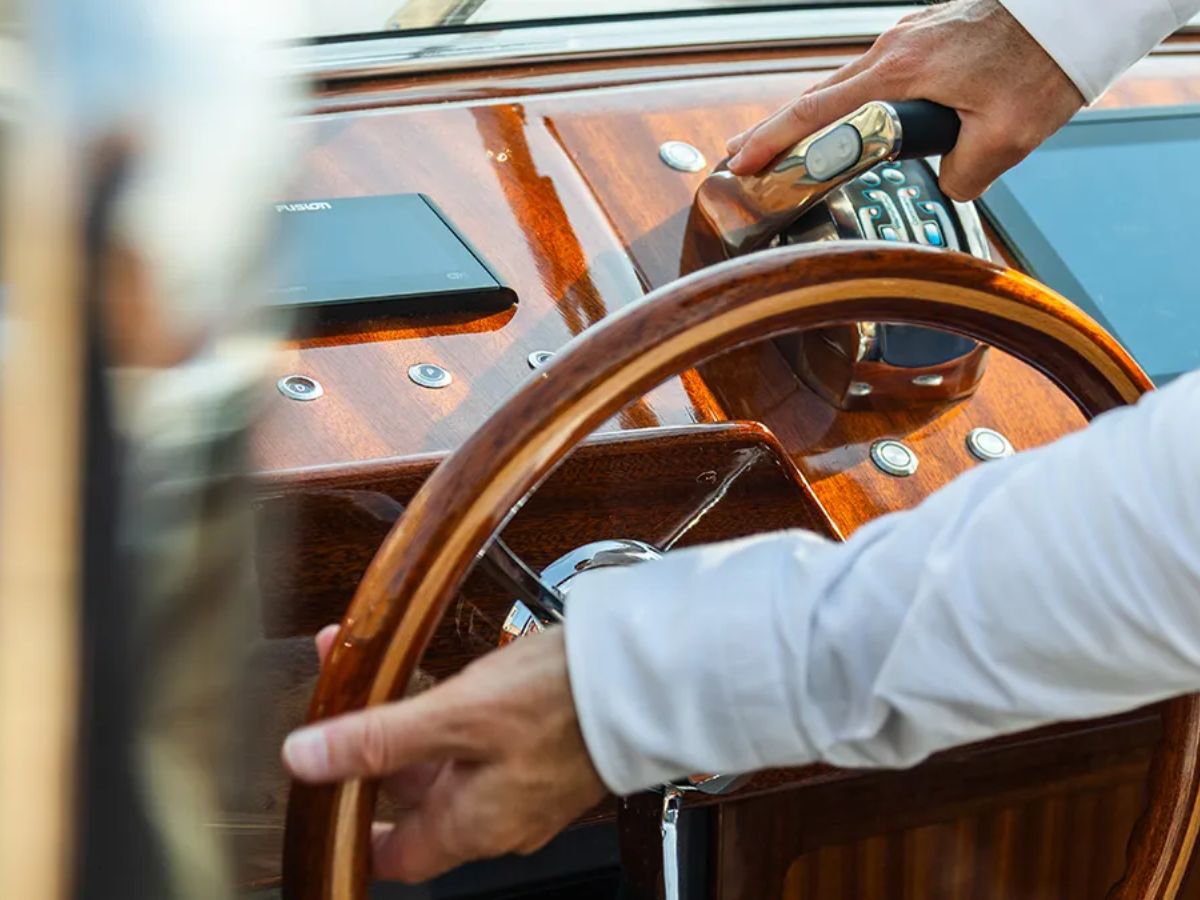
Repower provides dockside charging stations powered, in part, by solar panels. It’s a full ecosystem: boat, infrastructure, and power management.

Where tradition meets technology
A walk through Lucietta is a study in contrasts. Underfoot is synthetic teak — low-maintenance, slip-resistant, and weatherproof. The hull is carbon fibre, which reduces weight and adds stiffness. But it’s the decorative touches that truly localise the build.
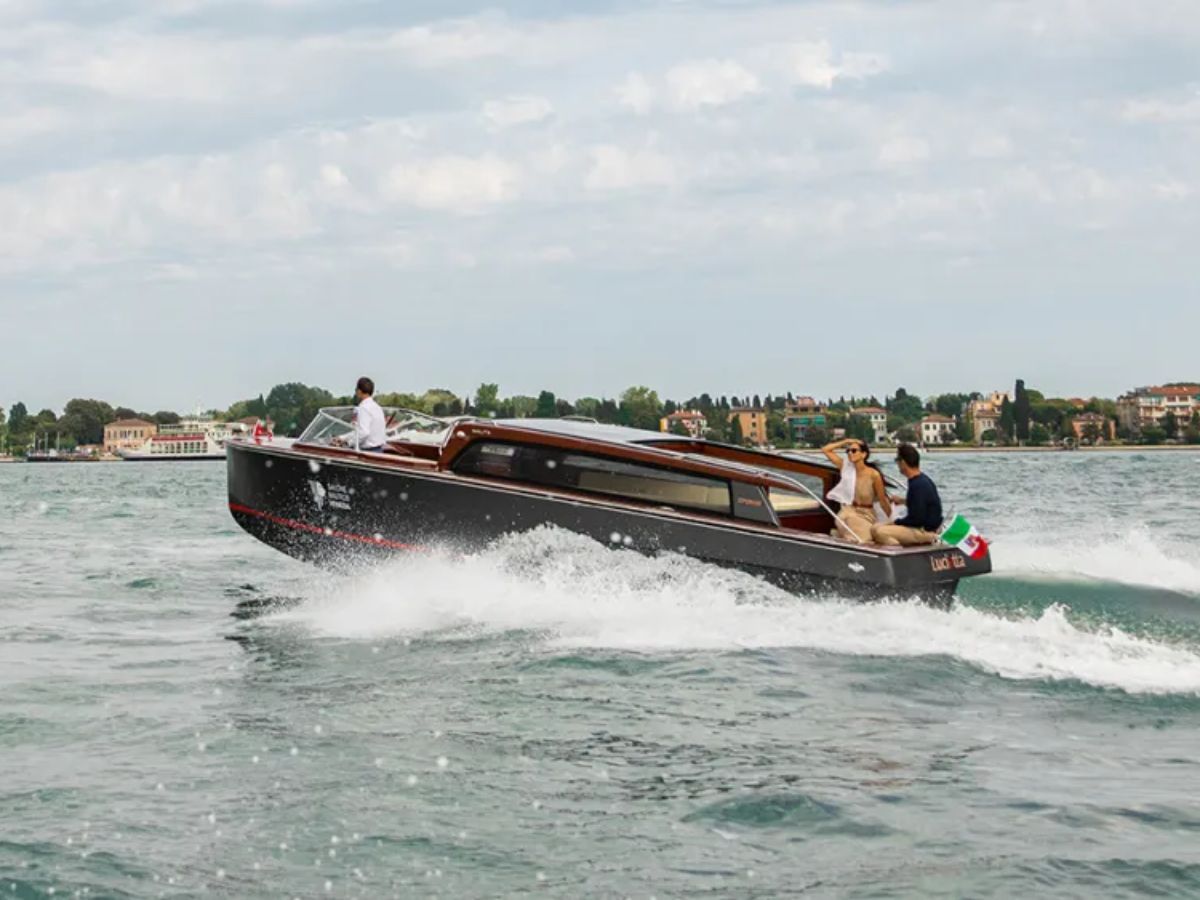
Inset into the interior are panes of recycled Murano glass — once waste from the island’s famed furnaces, now reclaimed and given purpose by Rehub, a Venetian startup. It’s an elegant nod to the lagoon’s rich history of craftsmanship and conservation.
And this is no stripped-down e-shuttle. She includes a Fusion sound system, USB sockets for passengers, LED nav and underwater lights, a 42-litre fridge, a 56-litre freshwater tank, and a 12-inch Garmin display at the helm. This is a working boat — but one with class.
A working solution
Lucietta will be working. Her first gig is as a high-profile shuttle during the 82nd Venice International Film Festival from 27 August to 6 September. After that, she enters active service — carrying guests, locals, and maybe the odd celebrity, around the canals of Venice.
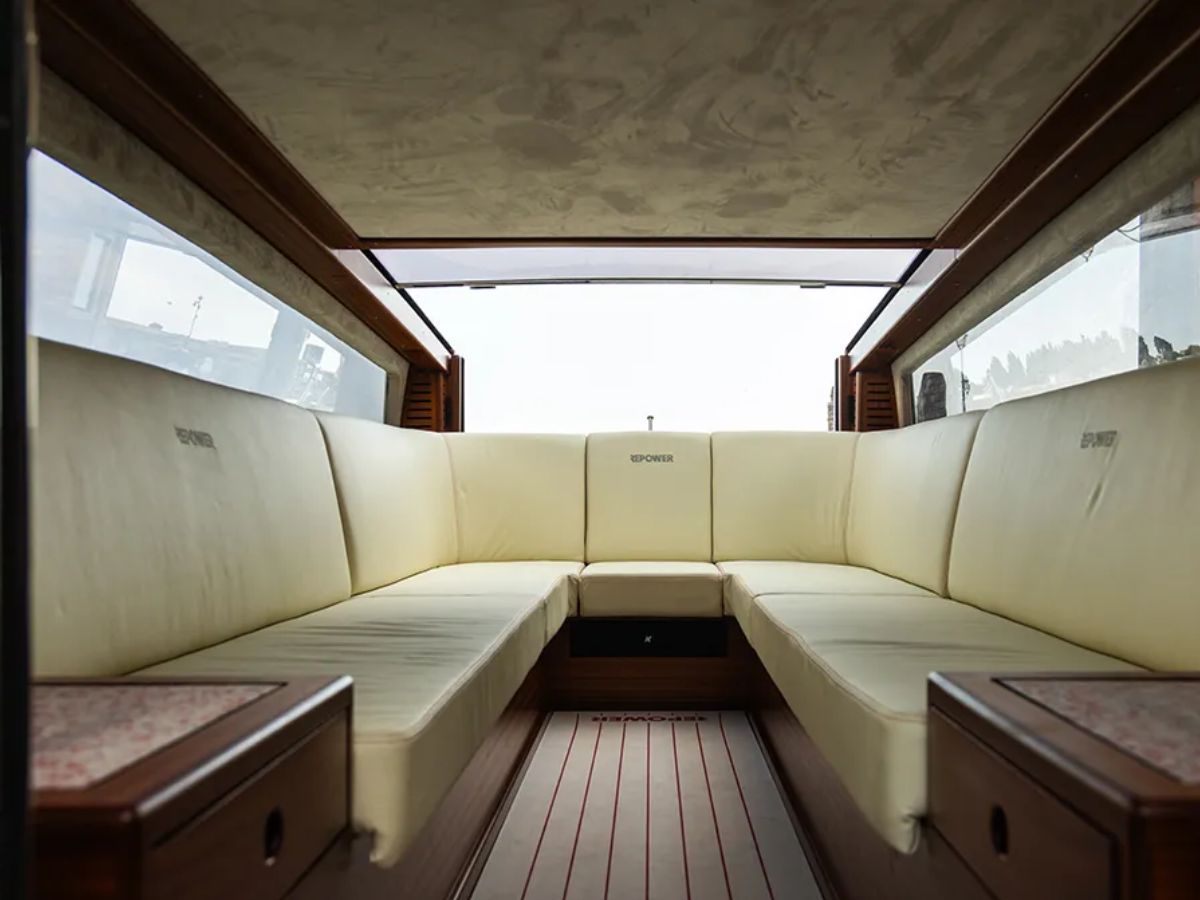
Marcello Bertoldi, CEO of Bertoldi Boats and Repower’s nautical partner, says the goal wasn’t just to make something pretty: “Lucietta is part of a public transport conversation. It’s about giving Venice real alternatives to combustion-powered boats. It’s about long-term viability, not just a photo op.”
Over a year, one Lucietta-type taxi can reduce carbon emissions by up to 12 tonnes. Noise pollution drops by 85%. Maintenance costs come in around 30% lower than diesel equivalents.








